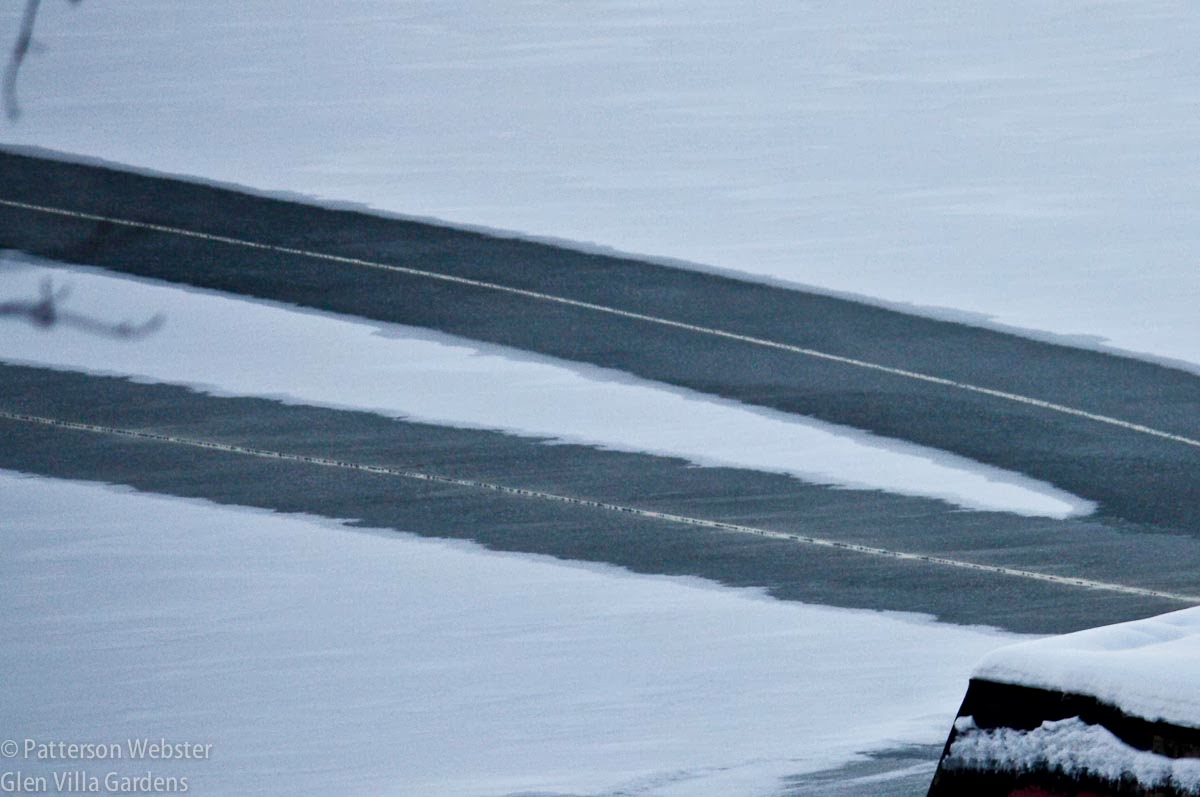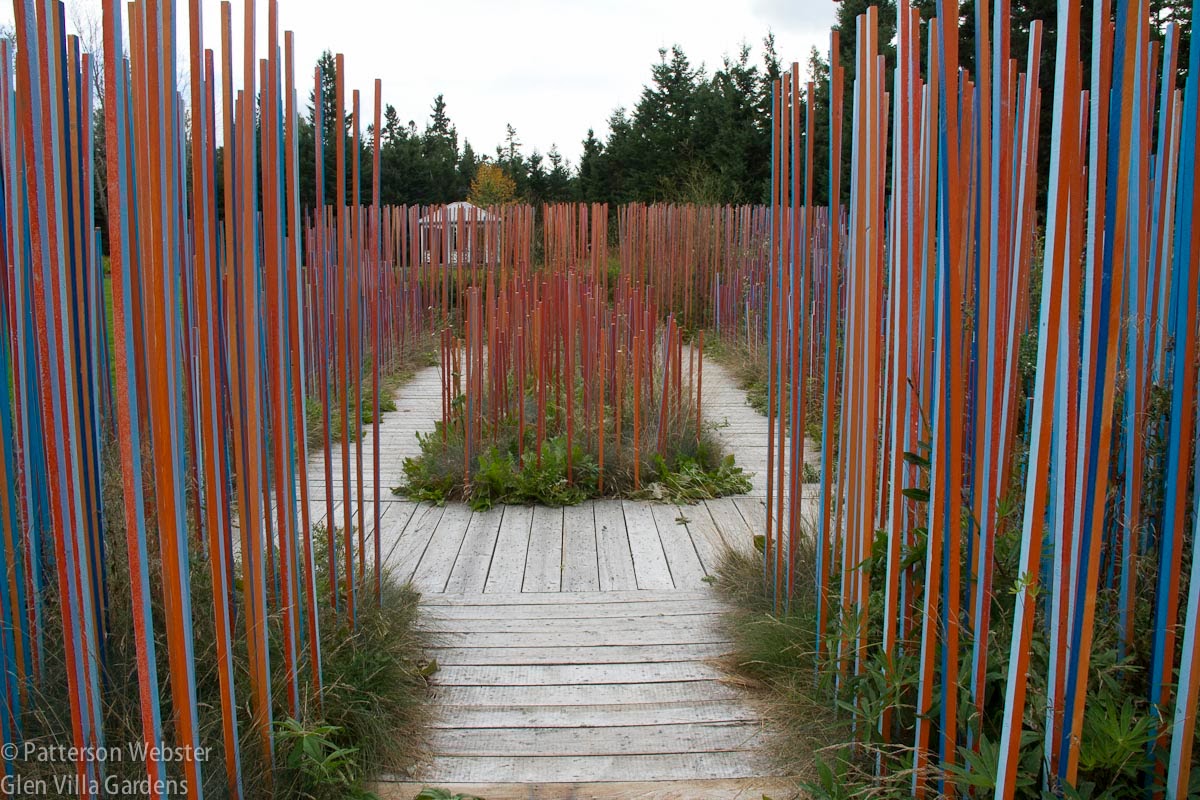Are these coloured sticks a garden? I say yes, emphatically yes. Cormier’s creation is a contemporary take on ‘garden,’ evoking a period in the history of garden design that continues to shape our notions of what a garden is, or should be. And as a garden made in the opening year of the 21st century, it fulfills a garden’s role of reflecting the ideas of the era in which it is created.Gardens exist within a framework of time and place. The word itself has a history — and that history colours how we think about what a garden is, or can be. Its root comes from the Persian
pairidaeza (which has an obvious linguistic connection to our word paradise) and refers to an enclosure. Historically, this is understandable: when the world ‘outside’ was dangerous, a walled off space ensured safety for the people who lived there and the plants they grew. As the word moved through various languages (Anglo-Saxon
geard; Old Norse
garör; Middle English
gardin, from the French
jardin; Old German
gart), it retained that sense of an enclosed place.
 |
A garden ‘plot’ from the 2008 garden festival at Chaumont-sur-Loire.
A witty take on an enclosed space. I wish I could remember the designer’s name. |
In medieval times, the walled garden, or hortus conclusus, offered safety. In Edwardian times, the motivation shifted. The walls of a garden were like blindfolds, hiding the unpleasant realities of the world beyond. Contrast that blinkered view with the expansive spirit of 18th century England, where ha-ha walls went underground, hiding themselves to allow an open view onto the world beyond. Or with the change from the enclosed space of an Italian Renaissance gardens to the openness of the gardens less than a hundred years later, when baroque became the rage.
Reverse the question. If flowers, or any type of living plant material, are necessary for a space to be a garden, does their presence necessarily create a garden? If so, why don’t we call a farm field a garden, or a stretch of ‘natural’ woodland?
The difference is intention. A garden is a designed space. Whether it has flowers or not, it has been made for a reason. It is not natural but an artificial construct, shaped with a purpose in mind. Over the years, that purpose has shifted, as cultures and economies have changed. In today’s world we may want to make gardens into soothing retreats or refuges from the cotidian. But they needn’t be. They needn’t be picturesque, or look natural, or aim to imitate nature. Gardens today can be minimal or maximal. They can be big or small, full of flowers or without a single bloom.
Gardens can be whatever we want them to be.
 |
Traffic jams ahead?
These converging lines appeared on the lake a few years ago. |
In winter, when I am bereft of flowers, when shrubs are mostly bare or hidden under snow, I think about these things. I think about the many different types of gardens, and how the names we use for them influence how we think about the space itself. Flower gardens, vegetable gardens, rock gardens, moss gardens. Botanical gardens, zoological gardens, sculpture gardens.
I try to think outside the box — and beyond the cliché — to allow my mind to range freely. I do this in the hope that thinking more freely will lead somewhere: to a garden that is more individual, more peculiar perhaps, but also more particular to me and mine.
I think this is an ambition that many of us share. We want our gardens to reflect something about ourselves, to be personal statements rather than copycat versions of the predictable.
Or am I wrong?








